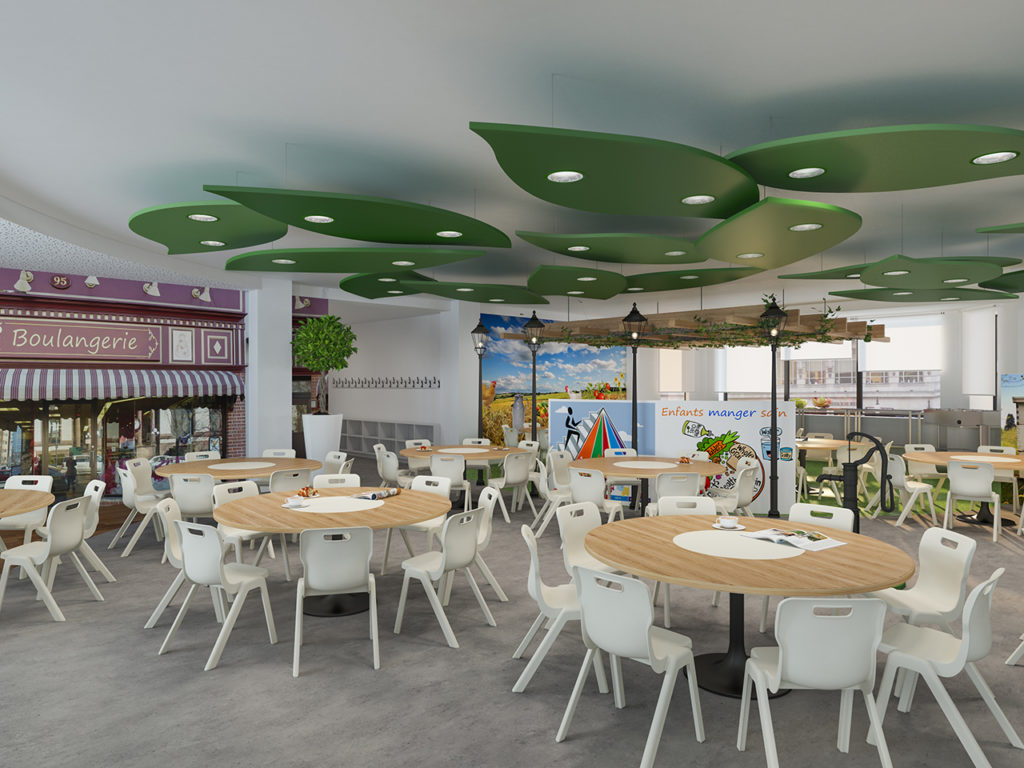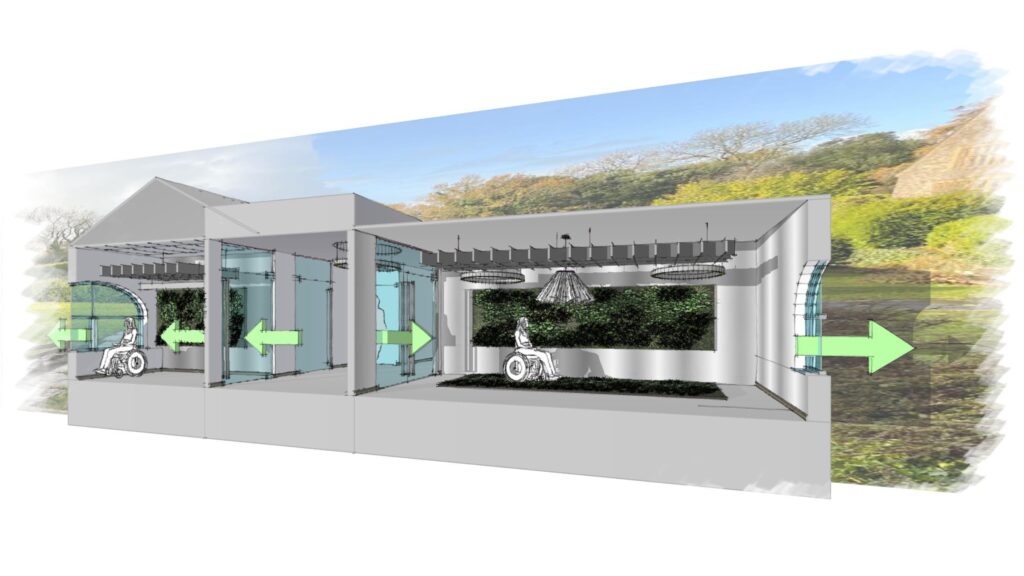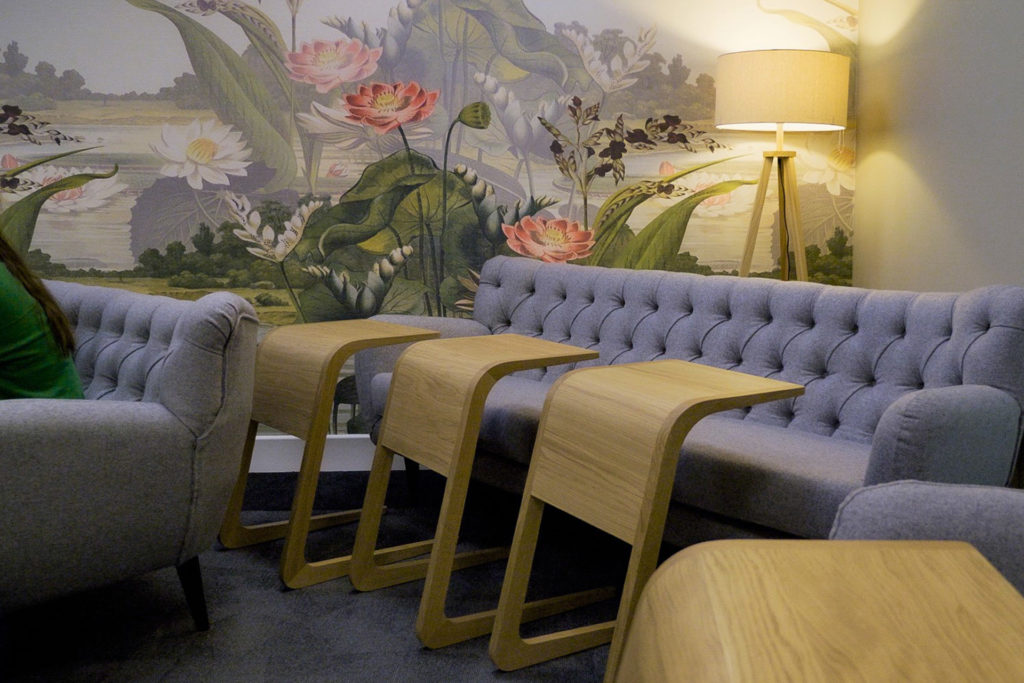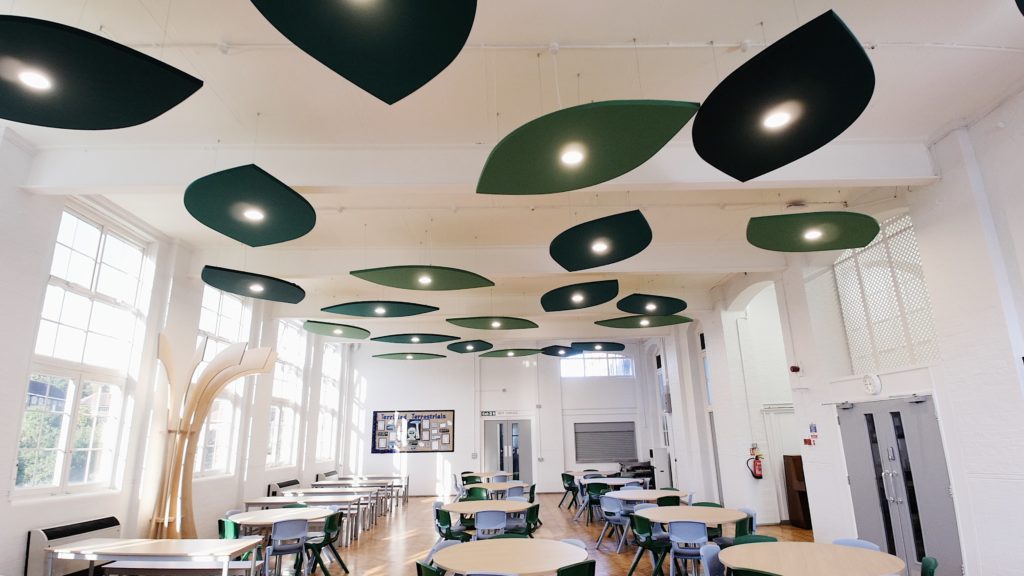Does your school offer an optical flow to enable cross fertilisation between the outside environment and learning within? Are your surroundings visually harmonious and inspirational for your students’ enjoyment and stimulation? Further to our previous article on using natural materials and colours to create a biophilic learning environment in your independent school, we now consider the use of curves, shapes, and patterns inspired by nature and how this can improve your students’ academic standards, outcomes and wellbeing.

Biophilic Design Elements

Fractals in the Learning Environment

Direct and Indirect Biophilic Design Elements
Introducing features of interior design based on organic processes within independent schools aligns with research that biophilic elements work with humans’ innate inclination to feel affiliation with ecosystems rooted in nature (Kellert, 2008).
Simple yet effective botanical touches can include those such as introducing plants to the learning environment, which produce oxygen and purify the air, or eco designs within window or planter boxes, living or moss walls to aid acoustics as well as bringing texture with natural curving shapes, scent and colours.




